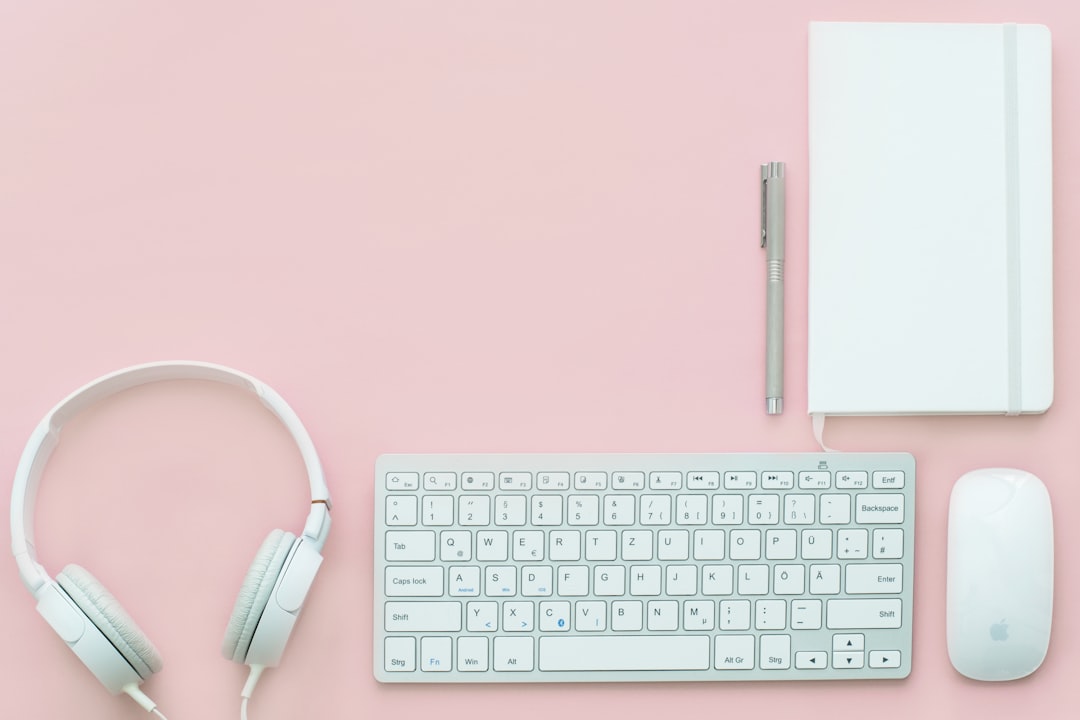Fashion styling is an art form that transcends mere clothing selection; it is a meticulous process that involves curating outfits to enhance an individual’s personal style, boost confidence, and convey a specific image or message. At its core, fashion styling encompasses a range of activities, from selecting garments and accessories to coordinating colors and textures, all while considering the client’s personality, lifestyle, and the context in which they will be presenting themselves. A fashion stylist acts as a guide, helping clients navigate the often overwhelming world of fashion by providing tailored advice and creative solutions.
The role of a fashion stylist can vary significantly depending on the client’s needs. Some stylists focus on personal styling, working one-on-one with individuals to refine their everyday wardrobe, while others may specialize in editorial styling for photo shoots, runway shows, or advertising campaigns. Regardless of the specific focus, the ultimate goal remains the same: to create visually appealing and cohesive looks that resonate with the client’s identity and aspirations.
This requires not only a keen eye for aesthetics but also an understanding of current trends, fabric types, and how to dress for various occasions.
Key Takeaways
- Fashion styling involves creating and coordinating outfits and looks for individuals or events to express their personal style and enhance their appearance.
- Fashion styling services can help individuals save time, improve their confidence, and develop a signature style that reflects their personality and lifestyle.
- When choosing a fashion stylist, consider their experience, portfolio, and understanding of your personal style and body type.
- Personal styling focuses on creating individual looks, while wardrobe styling involves organizing and curating a client’s existing wardrobe.
- Fashion styling for special occasions involves creating unique and appropriate looks for events such as weddings, red carpet appearances, or photo shoots.
- Fashion styling for men involves creating stylish and functional outfits that suit their body type and personal style.
- Fashion styling for women includes creating versatile and flattering looks that enhance their natural beauty and confidence.
- Fashion styling for different body types involves understanding how to dress and accessorize to flatter and enhance different body shapes and sizes.
Benefits of Fashion Styling Services
Engaging a fashion stylist can yield numerous benefits that extend beyond simply looking good. One of the most significant advantages is the time saved in navigating the complexities of fashion. For many individuals, shopping can be a daunting task filled with indecision and frustration.
A stylist streamlines this process by curating selections that align with the client’s preferences and needs, allowing them to focus on other aspects of their lives. This efficiency is particularly valuable for busy professionals or parents who may struggle to find time for personal shopping. Moreover, fashion styling services can lead to a profound transformation in self-image and confidence.
When individuals wear outfits that are thoughtfully curated to suit their body type and personal style, they often feel more empowered and self-assured. A stylist’s expertise can help clients step outside their comfort zones, encouraging them to experiment with new styles and trends they might not have considered otherwise. This newfound confidence can have a ripple effect, positively impacting various areas of their lives, from personal relationships to professional opportunities.
How to Choose the Right Fashion Stylist

Selecting the right fashion stylist is a crucial step in ensuring a successful styling experience. One of the first considerations should be the stylist’s area of expertise. Some stylists may specialize in personal styling for everyday wear, while others might focus on high-fashion editorial work or event styling.
Understanding what you need—whether it’s a complete wardrobe overhaul or assistance for a specific occasion—will help narrow down your options. Another important factor is the stylist’s portfolio and aesthetic. Reviewing their previous work can provide insight into their style sensibilities and whether they align with your own.
Many stylists maintain an online presence through social media or personal websites where they showcase their work. Additionally, reading client testimonials can offer valuable perspectives on their professionalism, creativity, and ability to connect with clients. A good stylist should not only possess technical skills but also demonstrate strong interpersonal abilities, as building rapport is essential for understanding a client’s unique vision.
While personal styling and wardrobe styling may seem similar at first glance, they serve distinct purposes within the realm of fashion. Personal styling typically focuses on creating outfits for individuals based on their personal tastes, body types, and lifestyle needs. This can involve one-on-one consultations where the stylist assesses the client’s wardrobe, identifies gaps or outdated pieces, and suggests new items that would enhance their overall look.
Personal stylists often accompany clients on shopping trips or provide virtual styling services to help them make informed choices. In contrast, wardrobe styling emphasizes the organization and optimization of an individual’s existing clothing collection. A wardrobe stylist’s role is to curate a functional and versatile wardrobe that allows clients to mix and match pieces effortlessly.
This process often includes decluttering outdated or ill-fitting items, categorizing clothing by season or occasion, and creating lookbooks that showcase various outfit combinations. While personal styling is more about individual outfits for specific events or daily wear, wardrobe styling focuses on maximizing the potential of what clients already own.
Fashion Styling for Special Occasions
| Metrics | Value |
|---|---|
| Number of clients | 50 |
| Number of special occasions styled for | 100 |
| Average rating from clients | 4.8 out of 5 |
| Number of fashion events attended | 10 |
Fashion styling for special occasions requires a unique approach that takes into account the event’s nature, location, and dress code. Whether it’s a wedding, gala, or corporate event, the right outfit can significantly impact how an individual feels and is perceived by others. A skilled stylist will work closely with clients to understand the event’s theme and expectations while also considering their personal style preferences.
For instance, when styling for a wedding, a stylist might suggest elegant dresses or tailored suits that align with the couple’s vision while ensuring that the client feels comfortable and confident throughout the day. Accessories play a crucial role in special occasion styling; a well-chosen clutch or statement jewelry can elevate an outfit from ordinary to extraordinary. Additionally, stylists often consider practical elements such as weather conditions or venue specifics to ensure that clients are not only stylish but also appropriately dressed for the occasion.
Fashion Styling for Men
Fashion styling for men has evolved significantly over recent years, moving beyond traditional notions of masculinity to embrace a broader spectrum of styles and expressions. Men’s fashion is no longer limited to basic suits and casual wear; it now encompasses a diverse range of options that allow men to express their individuality through clothing. A men’s stylist must be well-versed in current trends while also understanding classic styles that stand the test of time.
When working with male clients, stylists often focus on creating versatile wardrobes that can transition seamlessly from professional settings to casual outings. This might involve selecting tailored suits for work engagements alongside smart-casual pieces like chinos and stylish sneakers for weekend wear. Accessories such as watches, belts, and ties are also essential components of men’s styling; they can add personality to an outfit without overwhelming it.
Ultimately, effective men’s fashion styling is about striking a balance between comfort and sophistication while ensuring that each piece reflects the client’s unique character.
Fashion Styling for Women

Women’s fashion styling encompasses an expansive array of styles, trends, and cultural influences that allow for endless creativity in outfit creation. A women’s stylist must possess an acute awareness of current fashion trends while also being attuned to timeless pieces that can serve as staples in any wardrobe. The goal is to empower women through clothing choices that enhance their natural beauty and reflect their personalities.
In women’s fashion styling, attention to detail is paramount. Stylists often consider factors such as body shape, skin tone, and personal style when curating outfits. For example, a stylist might recommend flowing maxi dresses for clients who prefer bohemian aesthetics or structured blazers paired with tailored trousers for those seeking a polished look.
Accessories play a vital role in women’s styling as well; statement earrings or bold handbags can transform an outfit from simple to striking. The key lies in creating looks that resonate with each woman’s individuality while ensuring they feel confident in their choices.
Fashion Styling for Different Body Types
Understanding body types is essential in fashion styling as it allows stylists to create looks that flatter each individual’s unique shape. The primary body types—hourglass, pear, apple, rectangle, and inverted triangle—each have distinct characteristics that influence how clothing fits and falls on the body. A skilled stylist will take these factors into account when recommending outfits that enhance the client’s best features while providing comfort and confidence.
For instance, individuals with an hourglass figure may benefit from fitted dresses that accentuate their waistline while allowing for movement. In contrast, those with a pear shape might opt for A-line skirts that balance wider hips with fitted tops to create an overall harmonious silhouette. Stylists also consider fabric choices; certain materials can add structure or flow depending on the desired effect.
By tailoring recommendations based on body type, stylists empower clients to embrace their shapes and feel confident in their clothing choices, ultimately fostering a positive relationship with fashion.
FAQs
What is fashion styling?
Fashion styling is the process of curating and putting together outfits and looks for individuals or events. It involves selecting clothing, accessories, and other items to create a cohesive and fashionable appearance.
What are fashion styling services?
Fashion styling services are professional services offered by stylists to help individuals or organizations create stylish and on-trend looks. This can include personal styling, wardrobe consulting, event styling, and editorial styling for photo shoots or fashion shows.
What does a fashion stylist do?
A fashion stylist helps clients develop their personal style, select clothing and accessories, and put together outfits for various occasions. They may also provide advice on grooming, hair, and makeup to complete the overall look.
How can I benefit from using a fashion styling service?
Using a fashion styling service can help you save time and effort in selecting and coordinating outfits. It can also provide you with expert advice on current fashion trends and how to best showcase your personal style.
How do I find a reputable fashion stylist?
You can find reputable fashion stylists by asking for recommendations from friends or colleagues, researching online for stylists in your area, or looking for stylists who have worked with individuals or brands whose style you admire.
What should I expect during a fashion styling session?
During a fashion styling session, you can expect to discuss your personal style preferences, body type, and the occasion or purpose for which you need styling. The stylist will then select and present clothing and accessory options for you to try on and provide feedback on.
How much do fashion styling services typically cost?
The cost of fashion styling services can vary depending on the experience and expertise of the stylist, the scope of the services provided, and the location. Some stylists charge an hourly rate, while others may offer package deals for specific styling needs.
